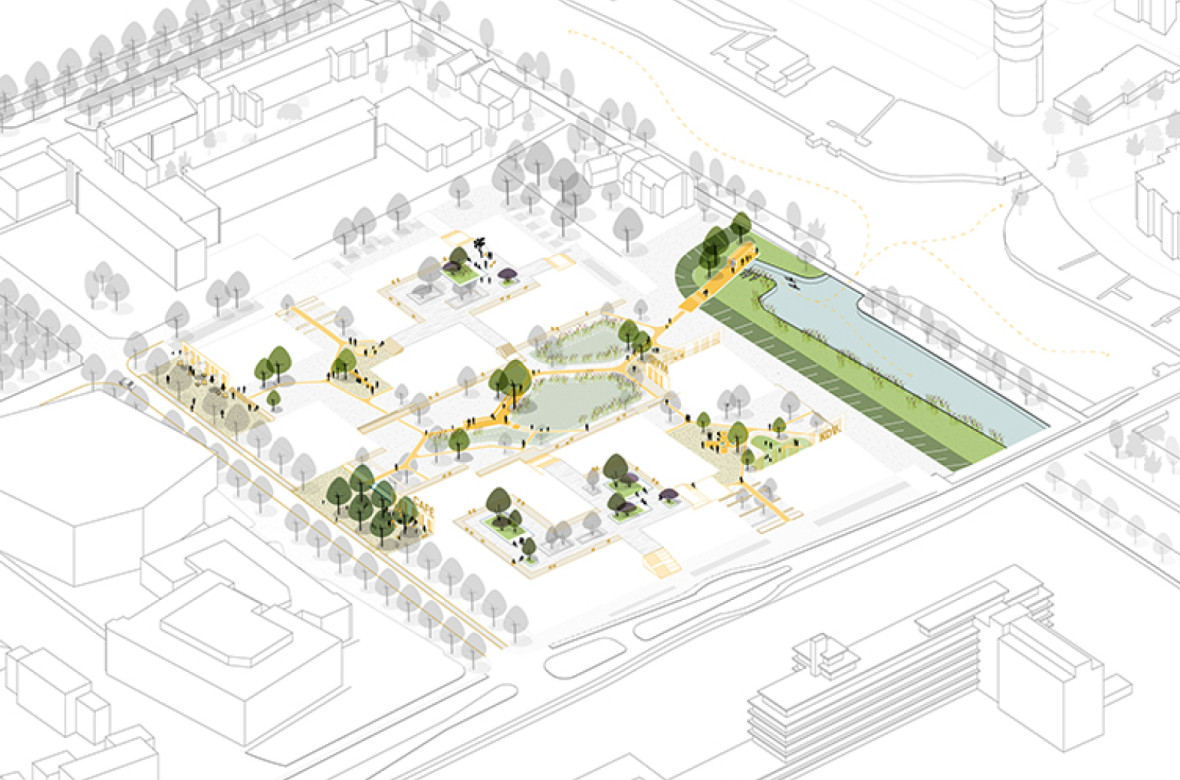

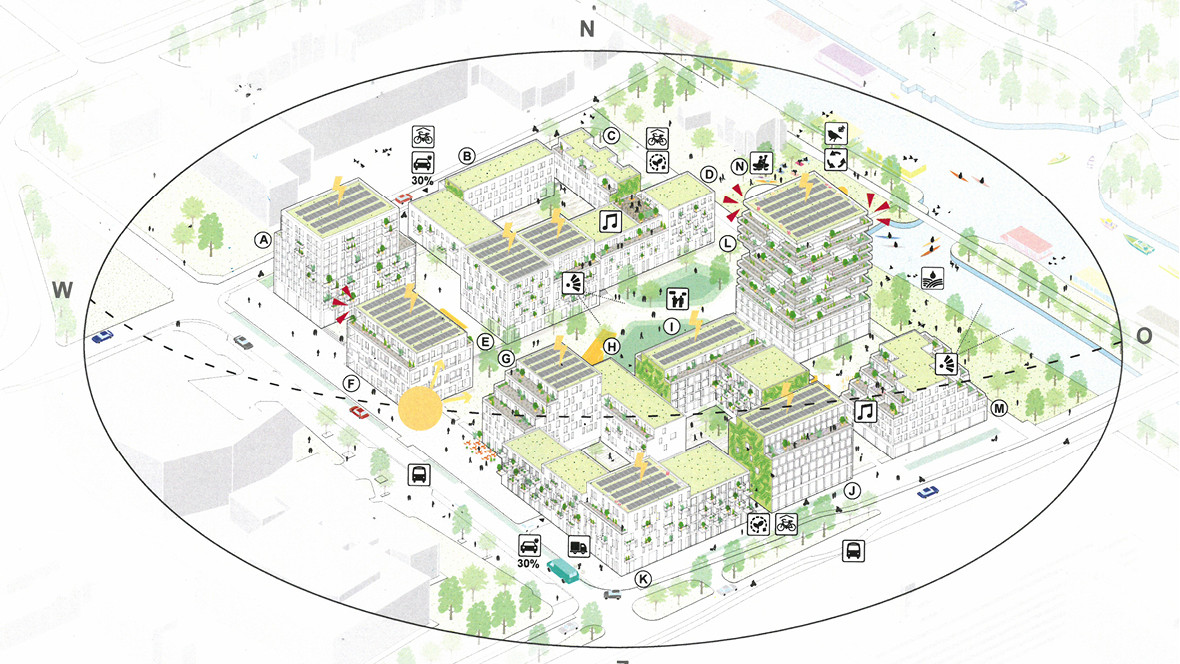
Thursday our masterplan for Weezenlanden Noord in Zwolle has been rated as the best by housing association Openbaar Belang. The new neighbourhood close to the city center is spacious with green and water as a connecting factor. The plan consists of approximately 500 houses, 230 of which are social, with great diversity in public space and housing typology.
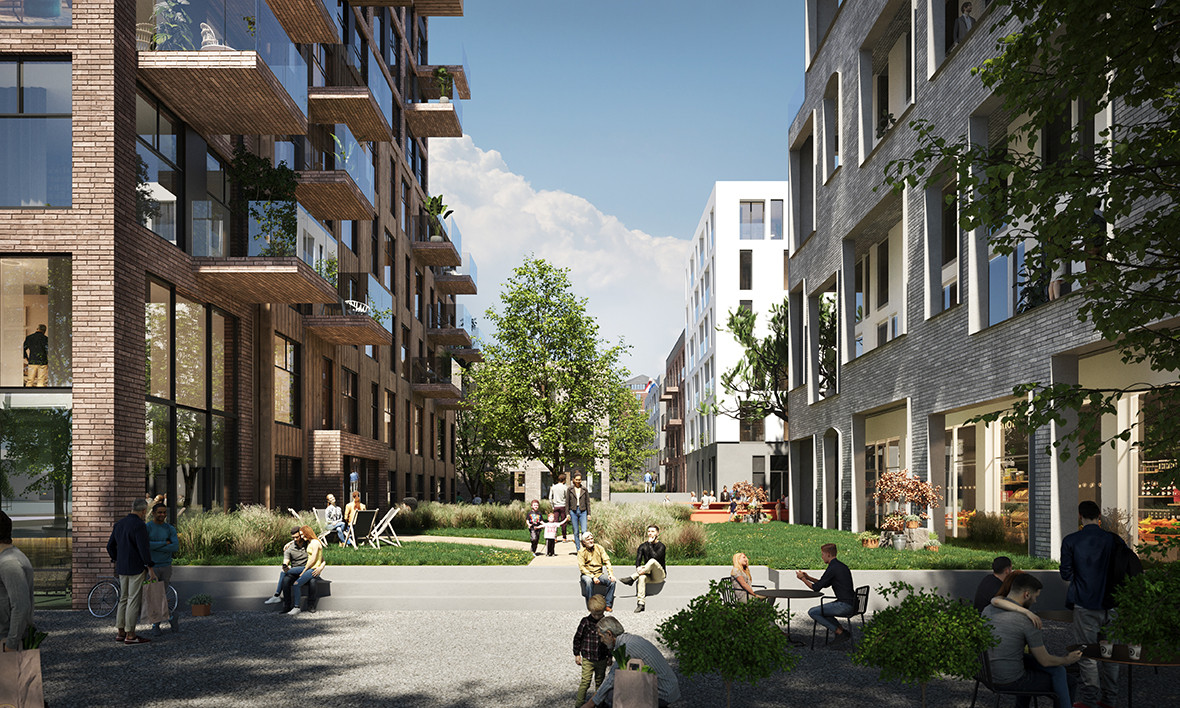
Diversity and mix of people are leading
Based on the urban development plan of Urhanh, Barcode Architects and Karres en Brands developed this integral green-urban masterplan. The identity of Weezenlanden Noord is shaped by the quality of life offered by the new district. By taking a good look at the needs of people in the city and consistently soak the neighbourhood design in an optimal quality of life, a unique part of the city is created with a special integral coherence between landscape and architecture. A city district defined not by iconic architecture but by diversity, mix and a carefully articulated interaction between building and public space.
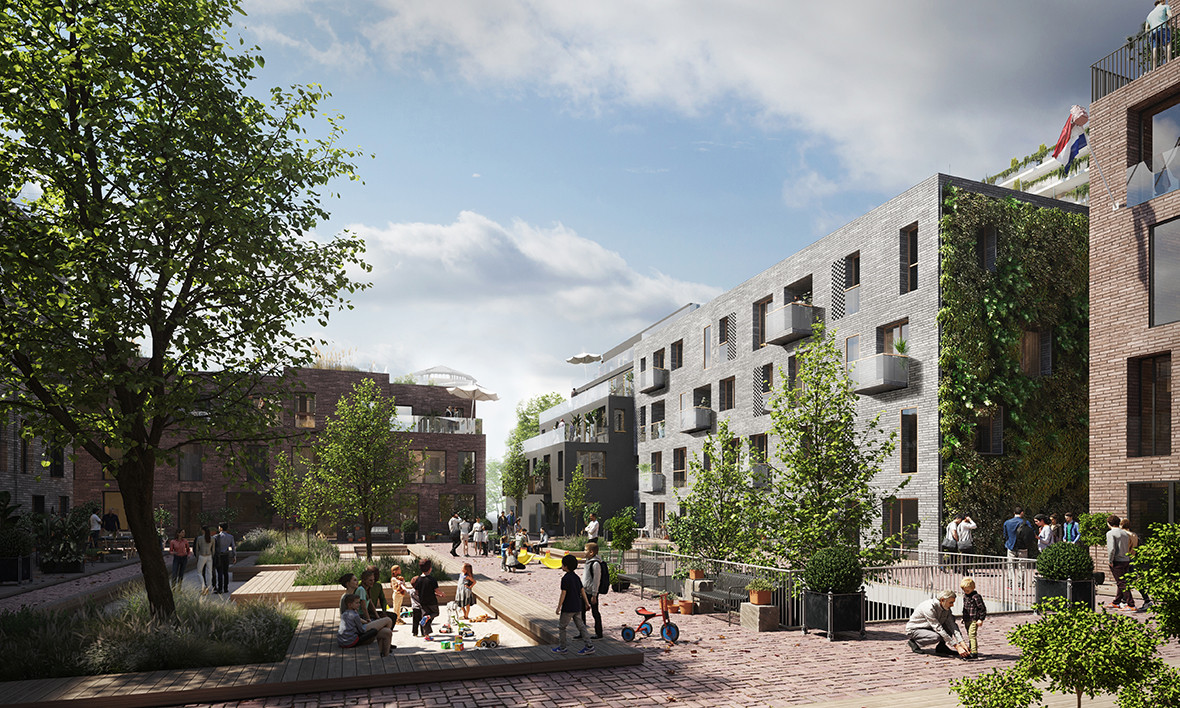
‘Getrapte collectiviteit’
Weezenlanden Noord is a flourishing place, there is room for living, sports, encounter and work. In addition to the central neighbourhood park and the transition with city squares on Schuurmanstraat, the raised courtyards, connected by stairways, lobbies and pavements are collective spaces for the entire block. Encounters between home, block and neighbourhood are encouraged at all levels. Weezenlanden Noord is a series of carefully designed collective spaces that bridge the transition from urban space to private space. The design of the open spaces plays with this transition without gates or hard borders, but always of high quality. The urban design contains a specific public space for each level of collectivity, which is slowly making the transition from city to apartment: from street to park, from collective park furniture to lobby and from courtyard to sidewalk.
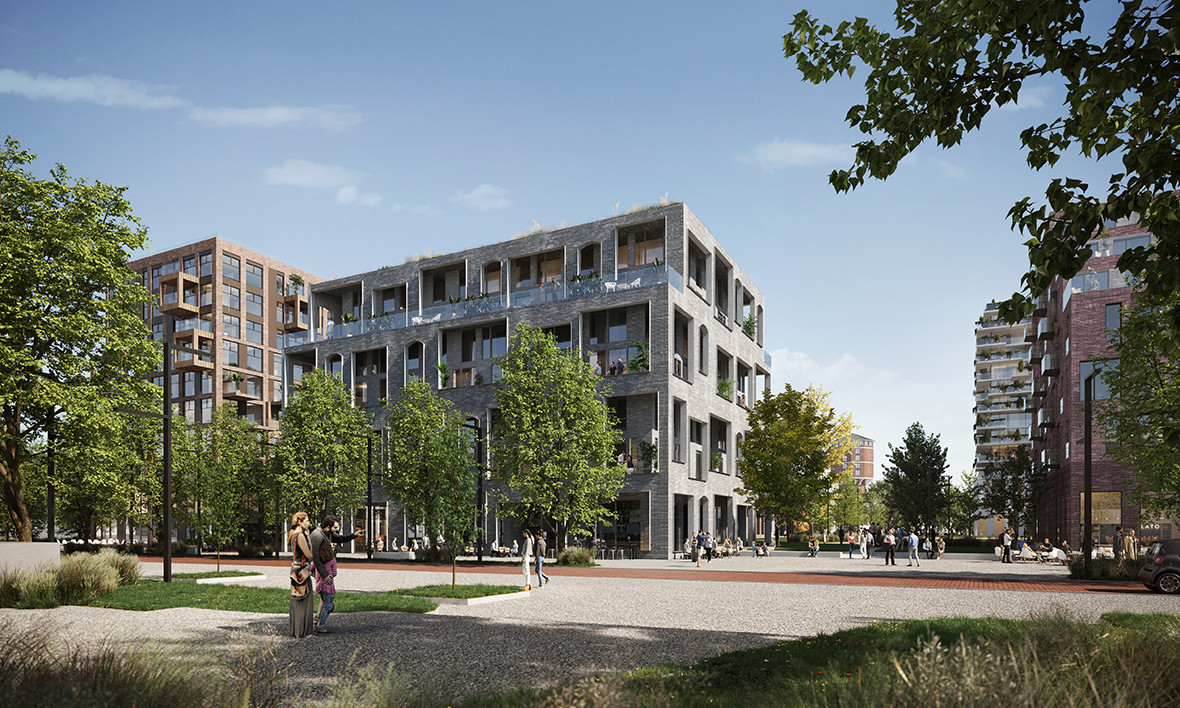
Artifacts for collectivity
Collectivity is the starting point for the design of the indoor and outdoor spaces and resounds on all levels. The scale of the individual elements are an important reason for encounters between neighbours in your own street or on the other side of the block. The meeting places designed around objects form a hybrid between your livingroom and the outside space. Such as a table, bench, stairs – integrated into a place in the outdoor area where you would like to meet with your family or neighbours. These special objects contribute to the recongnisability and collectivity of Weezenlanden Noord. By flexibly placing the objects through the phasing, and moving them along with the growth of the area, a high-quality outdoor space is created already in the first stage of the project.
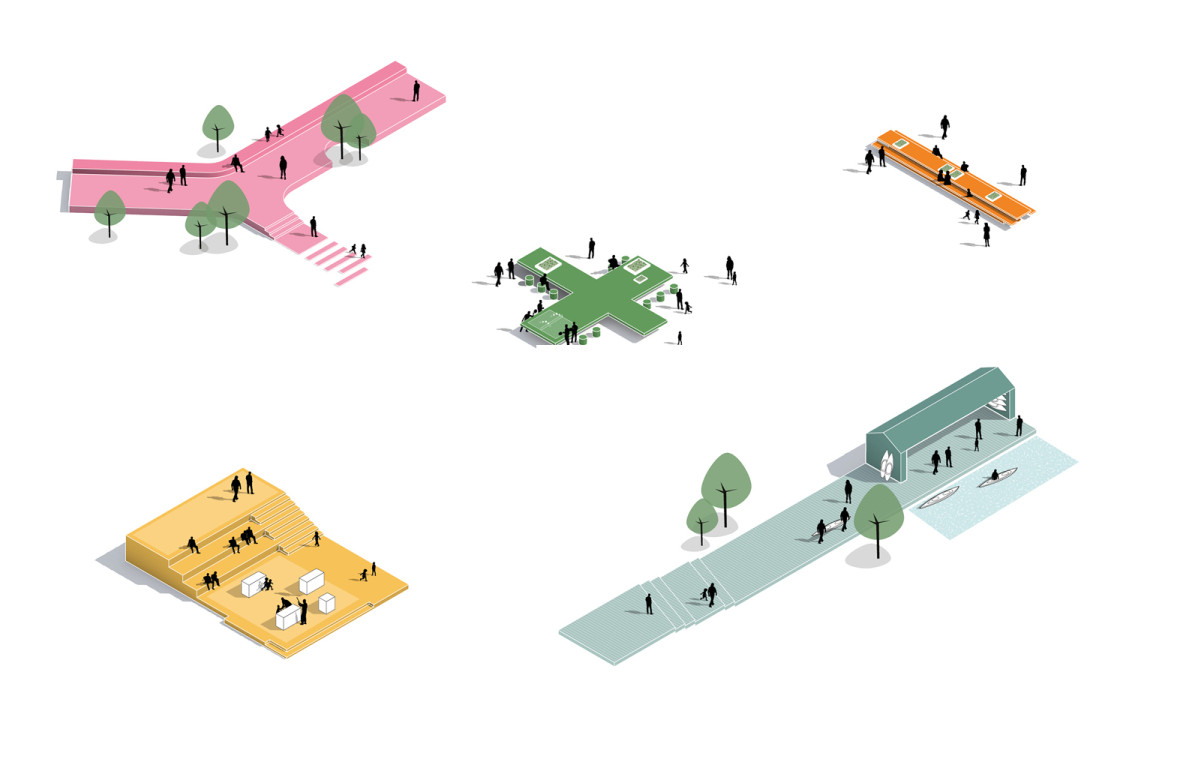
Green Blue Metabolism
Weezenlanden Noord becomes a role model of sustainable urbanization in which energy transition, climate resilience and spatial development go hand in hand. Integrated sustainable urbanization is necessary to develop a livable, healthy and pleasant city; for us it is not an ambition, but a matter-of-course. Weezenlanden Noord becomes a link in urban metabolism with integrated and complete solutions.
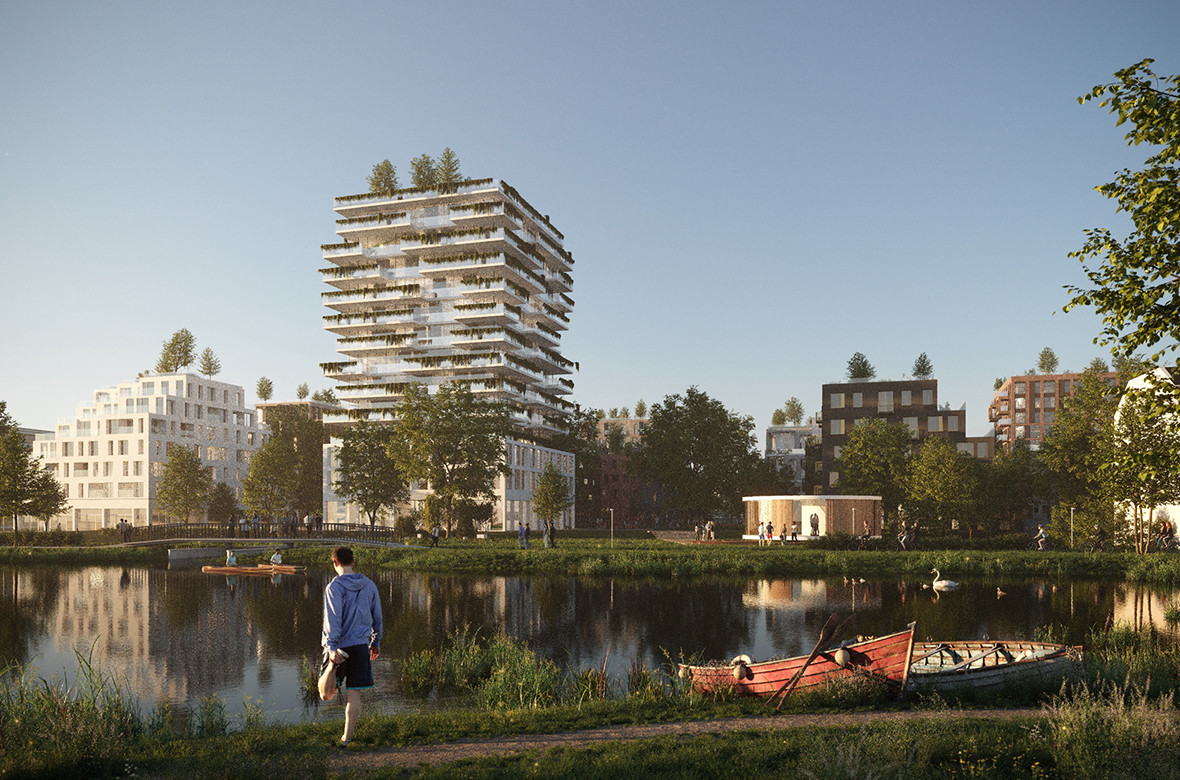
In this special city district we look at green not only for use and experience, but also from the point of view of biodiversity and climate adaptation. Weezenlanden integrates biodiversity at all levels of scale. Water is also an important part of the design strategy of Weezenlanden Noord. It is a recognizable connector between environment, building and resident. Insteat of draining water as quickly as possible, the strategy in Weezenlanden Noord is to collect, filter and reuse the water in its own area. The mix of intensive green roofs, nature-inclusive facades, varied vegetation with water storage means that not only a lot of water is retained, but also a higher level of biodiversity is provided.
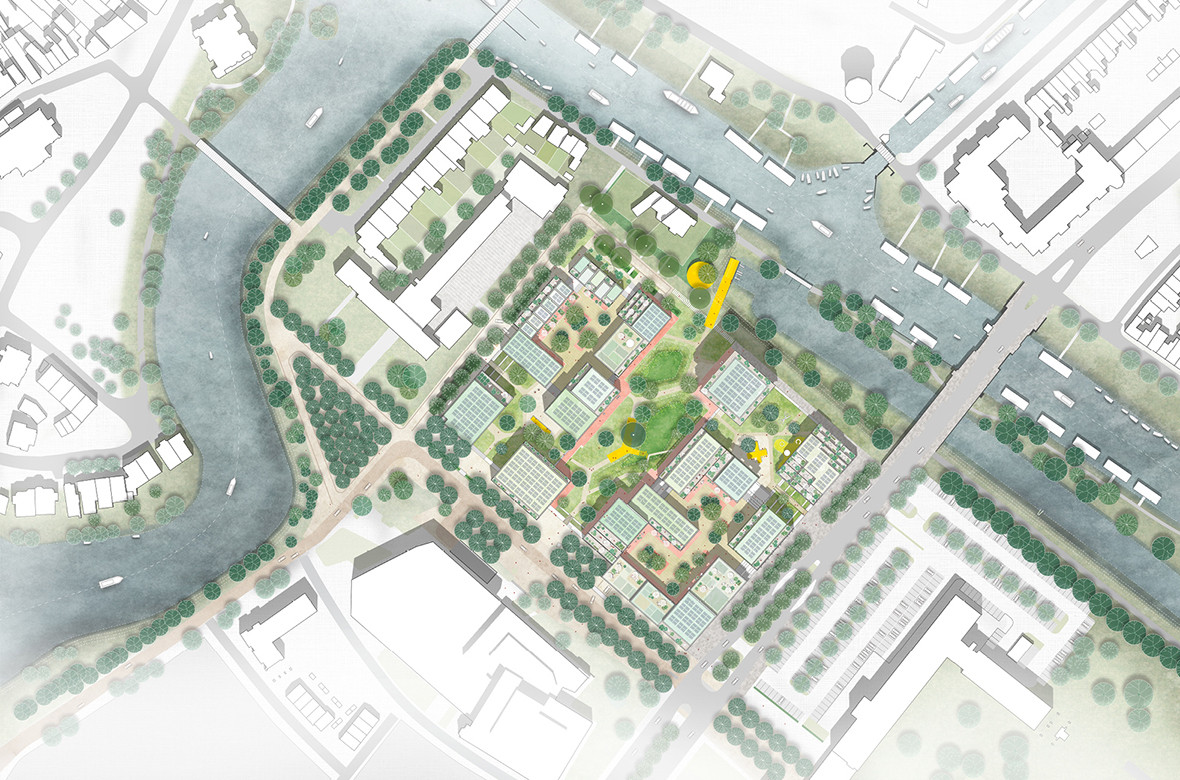
The next ten years we will work on the realization of this inclusive residential area where everyone can live, and which fits in with Zwolle. The first houses are expected to be delivered in 2023.
